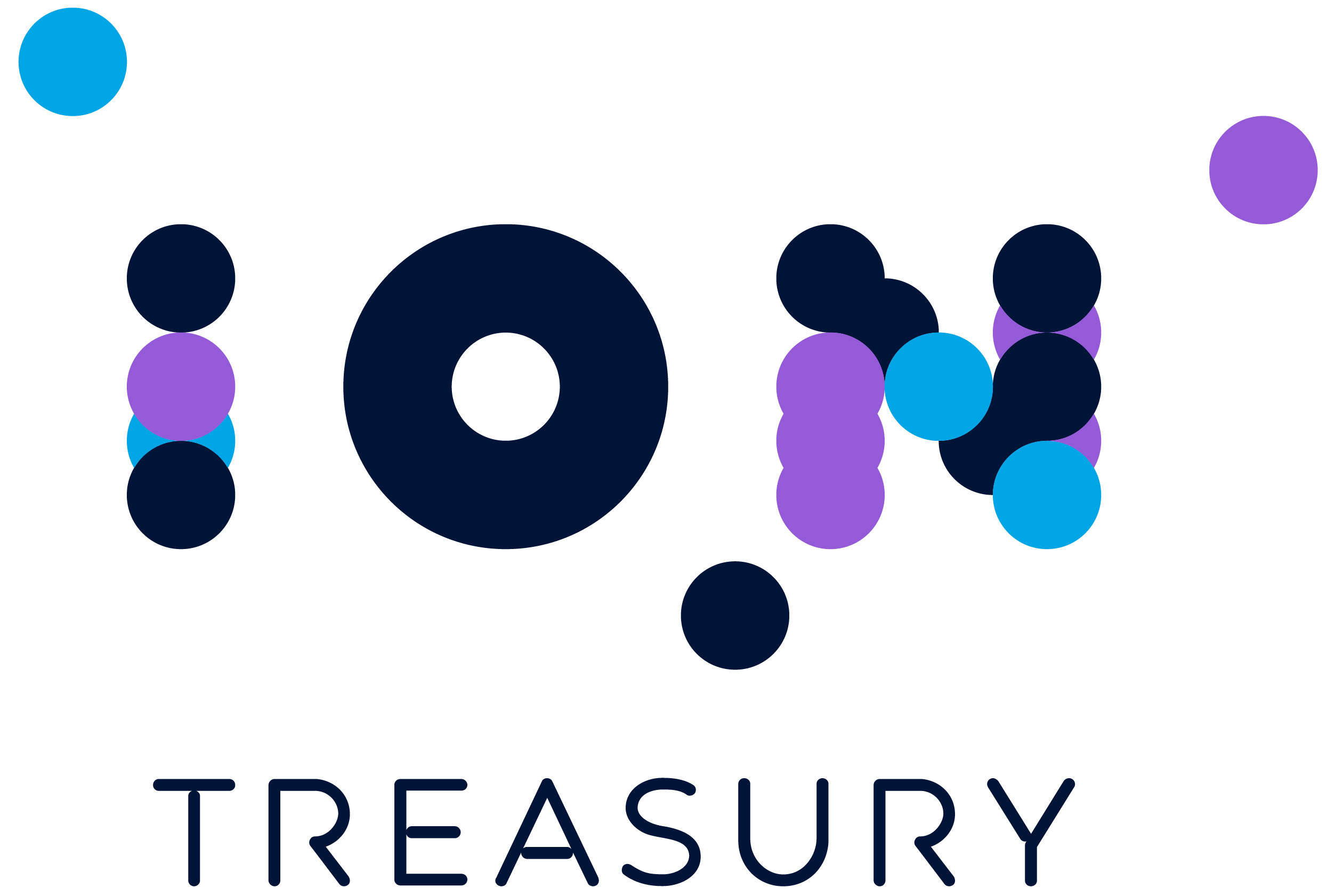Navigating Treasury Management System implementation: Key considerations for corporate treasury teams
Implementing a TMS is a significant undertaking for any corporate treasury team. The use of a TMS promises enhanced efficiency, visibility, and improved decision-making capabilities across a range of treasury workflows. However, embarking on a TMS implementation project comes with its own set of challenges and risks. In this blog, we will discuss the key considerations for corporate treasury teams ahead of a TMS implementation project and how best to mitigate some of the risks associated with implementation to ensure a positive experience that achieves the desired outcomes.
Define clear project goals and scope
Before diving into a Treasury Management System implementation project, it is crucial to establish clear project goals and scope. Clearly define the specific requirements and objectives that the TMS should fulfill specific to your organization. Engage relevant stakeholders from treasury, IT, finance, accounting, and other relevant departments to ensure a comprehensive understanding of the project’s scope and where it can add value. This will help minimize delays and provide a benchmark against which the project’s success can be measured. It also enables you to consider core vs. future needs and plan for scalability.
Conduct thorough vendor selection and due diligence
Choosing the right TMS vendor is a critical decision. Conduct a thorough vendor selection process by evaluating multiple vendors based on their expertise, track record, industry experience, and functionality. Engage in detailed due diligence to assess the vendor’s ability to deliver on their promises. Base this work on your specific needs. The TMS market is often perceived as highly commoditized, but some vendors are particularly strong in specific areas. Consider your objectives and who offers the best fit based on these. Additional consideration should be given to a vendor’s financial stability, ownership structure, and investment in ongoing development, as well as their customer support credentials.
Create a comprehensive project plan
Developing a comprehensive project plan is essential to ensure a successful implementation. Identify key milestones, allocate resources, and establish realistic timelines. Involve key stakeholders early in the planning process to gain their buy-in and ensure that their requirements and concerns are addressed. Regularly review and update the project plan to adapt to changing circumstances and keep everyone informed and aligned. Engage your vendors in this discussion and challenge them on their estimated timings and experiences. This will reveal a lot about their individual approaches.
Take control early
Monitoring the progress of the Treasury Management System implementation project once it has started is crucial. Even more important is taking control of these factors before signing a final contract. Many vendors jump into deployment quickly, which seems great but can leave a lot of unknowns about deployment methodology to be worked out as the project progresses. This creates the risk of delays and additional costs that weren’t budgeted for. Sometimes, these can be significant. This could create the unenviable choice between running over budget or accepting a sub-standard TMS that no longer meets expectations. Finding a vendor who conducts proper deployment analysis upfront and fixes your costs in advance will avoid these risks, enabling you to proceed confidently.
Conduct thorough testing and user acceptance
Testing is a critical phase of any TMS implementation. Rigorous testing should ensure that the system performs as expected, aligns with the business requirements, and integrates seamlessly with existing systems. Consider conducting functional and non-functional testing, including stress testing and security assessments. Involve end-users in user acceptance testing to validate the system’s usability and gather feedback for further improvements.
Implement robust change management
A successful TMS implementation requires effective change management. Proactively communicate with all stakeholders, including treasury staff, IT teams, and end-users, about the upcoming changes. Provide comprehensive training to ensure users are familiar with the new system’s features and workflows. Encourage open communication, address concerns, and facilitate a smooth transition to the new system. This will minimize resistance and ensure that all parties are on board with the implementation.
Mitigate risks with contingency plans
Despite careful planning, challenges often arise during an implementation. Mitigate these risks by developing contingency plans that outline alternative approaches and actions in case of unforeseen circumstances. Identify potential risks, such as project delays, data migration issues, or system integrations, and proactively address them through risk mitigation strategies. Regularly monitor and assess risks throughout the project lifecycle. Your vendor should be able to advise with this based on prior experiences. Any vendor who implies that there will be no challenges is misleading you.
Ongoing project monitoring
Monitoring the progress of an implementation project is critical for ensuring timely delivery and cost control. Establish KPIs and milestones to track progress against the project plan. Regularly review project status and conduct governance meetings to address any issues promptly. Keep a close eye on costs and establish mechanisms to manage cost overruns effectively.
Post project considerations
One area that is often overlooked is after-project support. How is training managed if a key member of staff departs with a lot of institutional knowledge? How to ensure that you continue to get the most out of the system, not just when considering additional functionality, but regarding what you’re already paying for. It’s not uncommon to find a client paying for functionality they weren’t aware of. A good vendor will help with these considerations and provide the ongoing support you need. Investing in a TMS isn’t just a deployment project; it’s a long-term relationship with your vendor.
Conclusion
Implementing a TMS may seem daunting, but with careful planning, the risks associated with delivery can be mitigated. By defining clear project goals and considering both pre- and post-project considerations alongside the deployment itself, firms can set themselves up for success. The long-term benefits of greater efficiency, risk management, and decision-making capabilities can be fully unlocked without the frustration of sub-standard deployment or unbudgeted costs.




